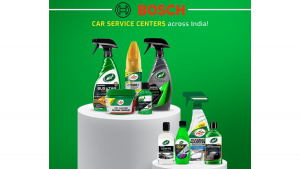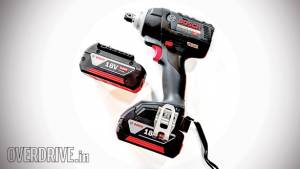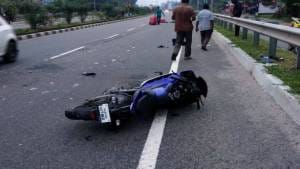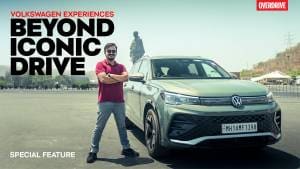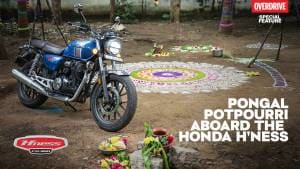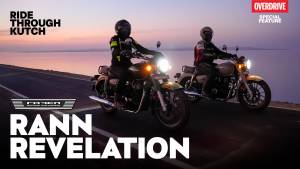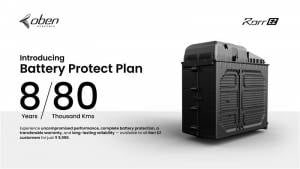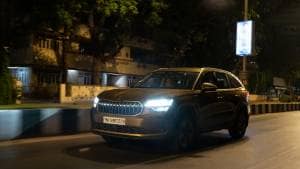Bosch is ready for BS4 and BS5, says Anjan Kumar, VP Diesel Systems OE sales and business development
Anjan Kumar, Bosch VP Diesel systems OE sales & business development, tells Bert about the company's preparedness for new emission norms and challenges faced by diesel engines.
Bert: Give us the background of the diesel technology.
Anjan: When we talk of a diesel powertrain, the technology is a link between emission legislations and performance requirement from the customer, the end user. The major driver in Indian context is still the emission. He had anticipated BS4 implementation across the country by 2015 and also BS5 in select cities. But this also means that the corresponding fuel should be available. We now understand that there could be a postponement of BS4 introduction across the country to probably 2017.
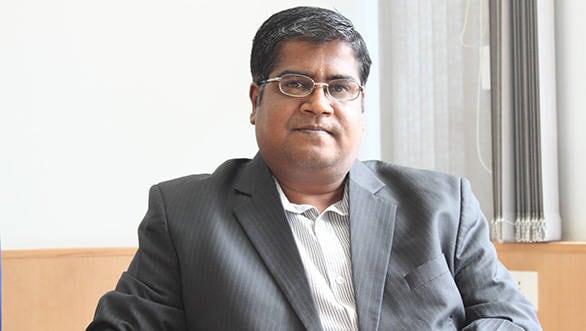 Anjan Kumar
Anjan Kumar
Best case scenario, 2017 or it could be one emission norm across the country, and BS5 could be later in 2018 or 2019. But we have to be prepared even if it happens in 2015, from Bosch side we are ready. The specific mention of this postponement is because Indian market is so cost competitive and with the challenges that market has seen in various segments, cost competitiveness is becoming more and more important. When we talk of cost competitiveness, it's the value proposition to the end customer where the fuel efficiency plays an important role. When we say fuel efficiency, it also brings into picture certain CO2 regulations which might be brought into India in that same time frame of 2017-18. Reason for bringing these two topics together is of course, major technology driver will be emission. But we are seeing that requirement on CO2 is also becoming stronger in various segments and the technology transfer will also happen because of this CO2 requirement.
Bert: 2017 is still a fairly long time away. But in the meantime emission norms are going to keep changing, going to get more stringent?
Anjan: Even if it is 2015 year, from Bosch point of view we are ready for OEMs and ultimately the end customer. If it is not happening then in this time frame, we should see what synergy we can bring in between these steps towards emissions and also the benefits towards CO2. When we have more time towards emission norms, we would see what additional steps or intermediate steps we can take in order to benefit the end customer in terms of fuel efficiency.
Of course it differs from segment to segment because India is also unique in that context, we have to cater to vehicle needs right from three-wheelers up to the heavy commercial vehicles. Each of these segments will have unique requirements with respect to emission and also on the CO2 side.While it's more or less given trend that for BS5 on the passenger cars side for the step five of the emission we have to go towards DPF (particulate filter), there is still dual approach towards BS5 in the commercial vehicle ? whether it should be a high EGR route or whether it should be the SCR route.
Now I bring in the CO2 context. When we go with the SCR route, we have seen, varying from application to application, minimum 5 per cent benefit on fuel consumption could be achieved. When we look at this and also look at the long term development of the commercial vehicle in its segment, while BS6 is still too far, customer has to anyway change over from EGR towards SCR ultimately.In our opinion, there will be more and more applications with SCR emerging and instead of waiting for emission norms to come in we are looking for it as an opportunity to support OEMs and also end customer for the benefit which each can offer on the fuel efficiency side.
We are already in the early stages of development with the OEMs. So the next step now is to see which other OEMs would be interested in progressing this way. From our interaction with most of the OEMs, SCR is also the primary path they would like to focus on because they don't want to be left behind. So that's as far as our development path is concerned.
Bert: What pressures are you running at in terms of engine pressures? Beyond 2000bar?
Anjan: From the fuel injection system point of view: here I am only relating to BS4 since BS4 to BS5 is mainly the after treatment. So if we can achieve BS4, bring down the raw emissions to that level, it should be sufficient to take you to BS5 with additional measures. In the so-called light duty segment or low price vehicle segment, BS4 can be achieved with 1400-1450bar. There are few of passenger car applications where we have gone to 1600bar. In case of commercial vehicles, we have varying experiences depending on what engine architecture is being used, conventional design is being brought forward or they are going for new architecture so depending on that it varies from 1400 to 1800bar.
So to answer your question, most of the application can be covered with standard 1600bar system. It is feasible. With EGR it becomes simpler with the pressure point of view because EGR always calls for higher optimization and hence higher pressure in order to derive best engine output efficiency.
Bert: In the DPF front, it's sort of a double edged sword for the manufacturer. Until you get fuel quality level up, the manufacturers can't even get the next generation cars out. Everybody is downsizing engines. Like in case of Ford EcoBoost and Volkswagen TDI engine technology, small capacity engine, turbocharged to get high outputs. But how long can that trend continue?
Anjan: In the Indian context of course fuel plays an important role, but the fuel issue topic is being addressed and will be addressed. But more than the fuel topic, what we feel will be a bigger challenge in the Indian context is the traffic conditions.
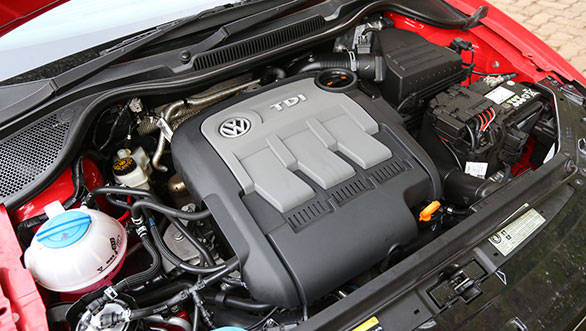 The TDI unit used in the Volkswagen Cross Polo
The TDI unit used in the Volkswagen Cross Polo
When we look at major cities especially in the peak hours, the average speed for example in Bangalore is as low as 11kmph. Why I would like to mention this is when we talk of DPF we also should look at the regeneration strategy for the DPF itself otherwise there is high chance of DPF itself getting clogged and engine getting affected. We have done extensive trials at our end in city conditions. We also brought in experience from outside. Of course, we cannot straight away adapt it so what we have tried to do is we compare Bangalore driving cycle with Stuttgart driving cycle at our headquarters in Stuttgart. We have seen probable areas, and have tried to develop few functions to address this topic.
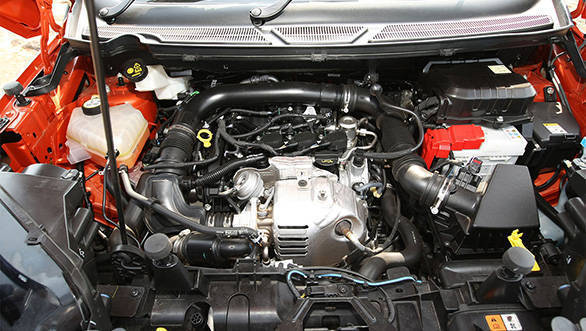 Ford EcoBoost engine
Ford EcoBoost engine
That's the best we can do because emission is a given thing and at that time government is responsible and they will provide the required fuel. But the traffic conditions still remain the same. There we saw that the responsibility is on us as OEMs and when we go into the research room we look at it in details. We have developed these control strategies with which we feel the chances of DPF getting damaged is to that extent reduced.
Bert: With diesel prices again sort of gaining some amount of parity with petrol, do you think trends would change in purchasing diesel cars? Everyone is turning to diesel, but I have also noticed that focus is coming back to petrols.
Anjan: Yes, what we have seen is the swings in short terms. We also expect this to remain in the future. What we have to understand is that India is a diesel country and India you can compare with the developments in Europe. I am not referring to which country but generally from the dieselization point of view with the right technology in place we will also have considerable dieselization in future unlike other regions like China or Japan, and I am talking about passenger cars and light duty. I should also add what happened two years back when dieselization in particular models was in the range of 90/10 in favour of diesel. We feel it was unrealistic. We don't believe that will continue and at the same time we feel there is going to be reasonable dieselization and dieselization anywhere in the range of 42-45 per cent will remain. What we should close look at is the possibility of dieselization on the lowest segment of the passenger cars. But we still feel that diesel can offer that fun to drive and also the overall efficiency. The overall efficiency of the diesel engine itself should drive the dieselization in the future.
Bert: We have also seen Audi using diesel as a fuel for racing with their Le Man racer their 24hr race car. Are manufacturers also looking towards diesel in India as something that enthusiasts enjoy?
Anjan: At least we have not come across any serious projects in that direction. Still the focus is on making performance oriented, optimized solution. Still a long way to go, but it is possible to optimize the diesel engine in conjunction with our system and that process is ongoing. It's still for the mass market-oriented and we have not migrated to the next level that you have mentioned.
Bert: Hero MotoCorp recently showcased the diesel motorcycle on the two wheeler front. How challenging is it to provide dieselization to two wheeler industry compared to a three or four wheeler?
Anjan: It offers a different challenge altogether because of the sheer speed at which it has to operate. And also the performance point of view to suit the two wheeler. Having said that, we were in the concept stage of discussing a similar two-wheeler project, but it's right now on hold because we don't see huge potential coming up on the two wheeler side for diesel at the moment.
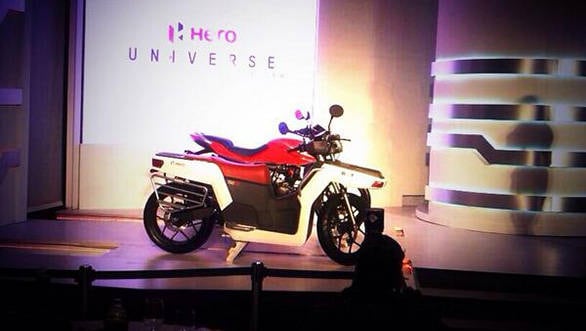 Hero's diesel RNT scooter concept
Hero's diesel RNT scooter concept
Also, it's a huge responsibility from the diesel system point of view to be a full liner because normally OEMs do not look at us as suppliers we are business partners and also sometimes consultants to them for small OEMs to direct them in which way we have to approach a particular project. So for us we want to be technically competent and also be able to offer products for each of the segments. We have products with which we can address the next immediate step of emission and also look beyond that support, for OEMs who are in need of this service. We want to be the full liner.
